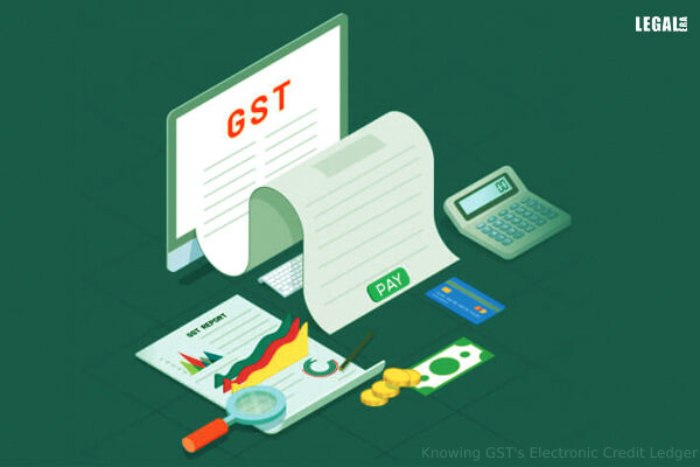The ability to pay taxes online is one benefit of the GST system. To make the GST payment procedure more user-friendly, each registered taxpayer receives two electronic ledgers in addition to an electronic credit ledger in GST. These ledgers include:
- Digital Cash Register
- Ledger of credit in electronic format
The computerised cash ledger includes the money that is available to pay the tax debt. The Electronic Liability Ledger, on the other hand, shows the taxpayer’s tax liability. The available input tax balance for the registered taxpayer is lastly displayed in the electronic credit ledger.
Knowledge of GST Payments
The taxpayer prepares and sends a challan in the form GST PMT-06 to initiate the GST payment. The sum that must be deposited for tax, interest, penalties, fees, or other reasons is specified in this challan. Additionally, it only lasts for 15 days.
As a result, the taxpayer deposits the tax amount at the common portal after creating the challan. The collecting bank then generates a CIN (Challan Identification Number). You can find this number on the GST Payment Receipt. The electronic cash ledger of the taxpayer for whom the payment was made is so credited with the amount deposited. It only happens after the CIN is obtained.
These are the current tax payment methods:
- Both CGST and SGST are paid in identical amounts for intra-state purchases.
- The IGST is charged on interstate purchases.
Rules for Electronic Credit Ledger GST Payment
- The electronic credit ledger in form GST PMT-02 must be maintained on the common site. The credits against each claimed input tax credit under the legislation are listed in this ledger.
- This ledger is debited in order to use the available credit to set off or discharge the liability.
- A registered taxpayer may occasionally ask the computerised credit ledger for a return of any unused input tax credit. In this situation, the requested reimbursement is debited to the extent of the computerised credit ledger. A taxpayer’s return might, however, occasionally be refused whole or in part.
- Direct entries into the computerised credit ledger are not permitted in any scenario, save as provided in the preceding rules.
- The registered individual notifies the appropriate official if there is an error in the computerised credit ledger. The GST PMT- 04 forms from the common portal are used for this message.
Utilisation of ITC
As a result, ITC is applied to CGST liability in the following order:
- ITC under CGST is applied to reduce production liability under CGST.
- Following that, ITC under IGST is used to offset the remaining CGST production liability.
- Furthermore, ITC is applied to SGST liabilities in the following order:
- ITC is used to reduce SGST output liability under the SGST.
- Following that, ITC under IGST is used to offset the remaining SGST production liability.
Conclusion
The IGST liability is finally offset in the following order using ITC. ITC is used to reduce IGST output liability under the IGST. ITC is used to offset the residual IGST production liability under the CGST. Finally, the leftover IGST output liability is applied to the ITC under SGST. CGST and SGST do not set off from one another.
Also read:- How Does The Dark Web Work?



